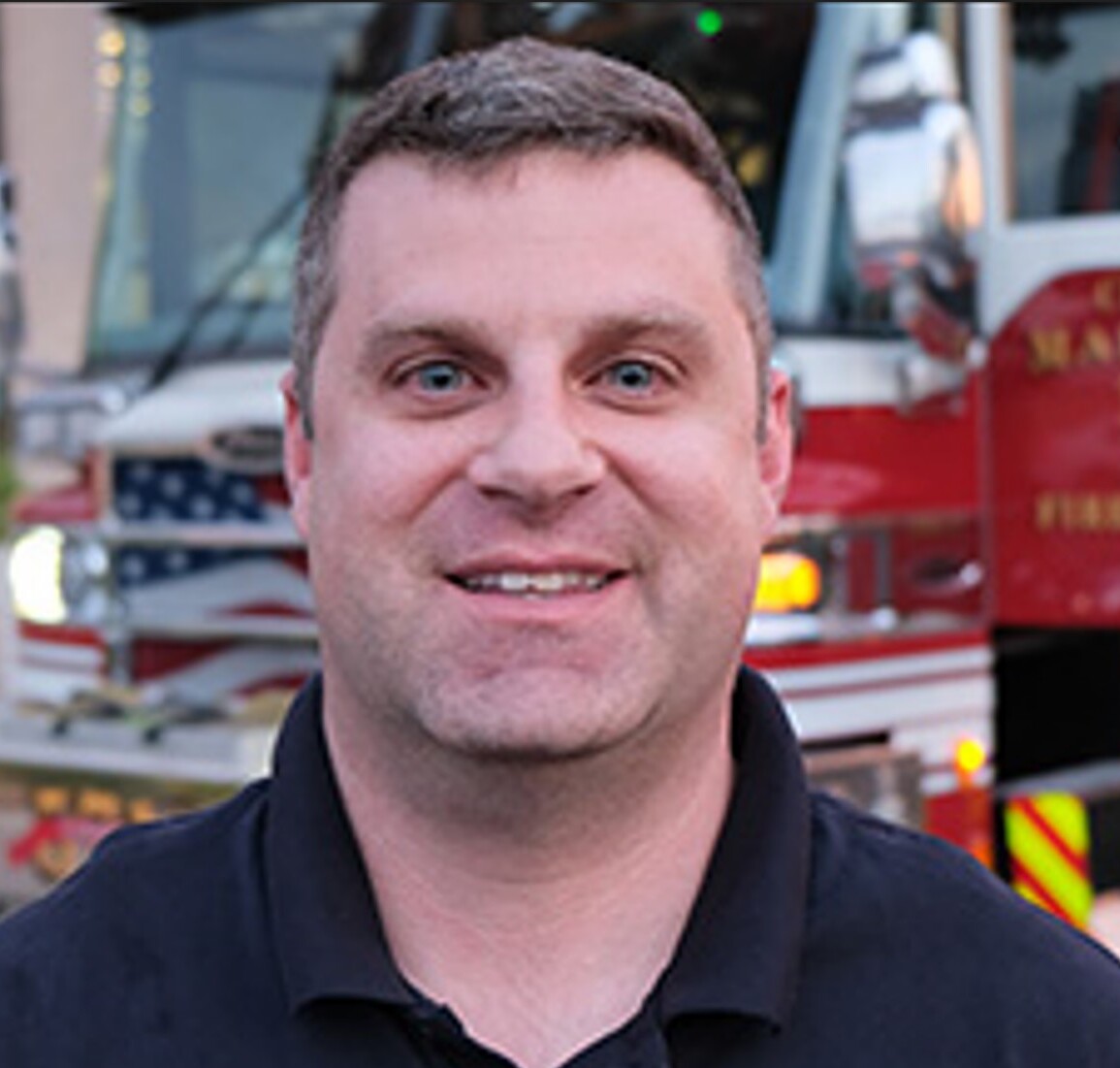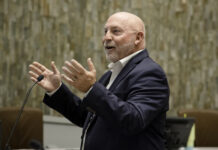One of the players in Sunday’s Super Bowl in Glendale does not wear the uniform of either the Kansas City Chiefs or Philadelphia Eagles, nor even the stripes of the referees.

He wears the blue of Maricopa Fire and Medical. New Chief Brad Pitassi is working behind the scenes as a communications adviser.
The difference is while the crowd will be eager to see Rihanna at halftime, absolutely no one is looking forward to seeing Pitassi perform. The group he advises helps determine where resources should be allocated in an emergency.
“Our group supports local jurisdictions and helps them get resources they need, to respond to whatever situation might arise,” Pitassi said.
Public-safety preparations for today’s Super Bowl, including distribution of information to the public during an incident, have been underway for three years. That includes training and building a plan for public-safety teams.
Pitassi has been an advisor to the Multiagency Coordination Center that supports the public safety of all the cities hosting Super Bowl activities across the region.
“Every agency that touches the Super Bowl has an emergency plan in place. Our group is above that group, making sure their communications are coordinated to avoid confusion,” said Pitassi, who was named fire chief in October after serving as interim chief for six months.
Pitassi, who has significant experience in a public-information role, having served as MFMD’s first public information officer in 2008, works with four other PIOs on the multi-agency incident-management team. Pitassi has led training courses for the MACC and for Emergency Operations Centers of the various cities hosting events.
Typically, each agency acts independently, sending out their own messaging to the public. During major events like the Super Bowl, which involve multiple EOCs working at the same time, there is a need for one group to take the lead in universal messaging distributed to the public. That is among the functions of the MACC.
The MACC ensures that the right resources are in place to support any jurisdiction’s needs.
“I’ve been doing this for three years,” Pitassi said. “I love it because I get to take a step back a bit as advisor and see students you’ve taught for three years put their training into practice.”
Pitassi has an extensive background in public-safety communications and large-scale complex incident response and stabilization. He has served for 10 years on federal incident-management teams, where he specialized in crisis communications.
He doesn’t foresee an incident occurring, but he said the group is ready if it does.
“I’m hoping we don’t have anything like that and I don’t think we will,” he said. “But it’s good to know we’re prepared.”


![3 things to know about the new city budget Vice Mayor Amber Liermann and Councilmember Eric Goettl review parts of the city's 2024 operational budget with Mayor Nancy Smith on April 24, 2024. [Monica D. Spencer]](https://www.inmaricopa.com/wp-content/uploads/2024/04/spencer-042424-preliminary-budget-meeting-web-218x150.jpg)






![MHS G.O.A.T. a ‘rookie sleeper’ in NFL draft Arizona Wildcats wide receiver Jacob Cowing speaks to the press after a practice Aug. 11, 2023. [Bryan Mordt]](https://www.inmaricopa.com/wp-content/uploads/2024/04/cowing-overlay-3-218x150.png)



![Alleged car thief released without charges Phoenix police stop a stolen vehicle on April 20, 2024. [Facebook]](https://www.inmaricopa.com/wp-content/uploads/2024/04/IMG_5040-218x150.jpg)

![3 things to know about the new city budget Vice Mayor Amber Liermann and Councilmember Eric Goettl review parts of the city's 2024 operational budget with Mayor Nancy Smith on April 24, 2024. [Monica D. Spencer]](https://www.inmaricopa.com/wp-content/uploads/2024/04/spencer-042424-preliminary-budget-meeting-web-100x70.jpg)


